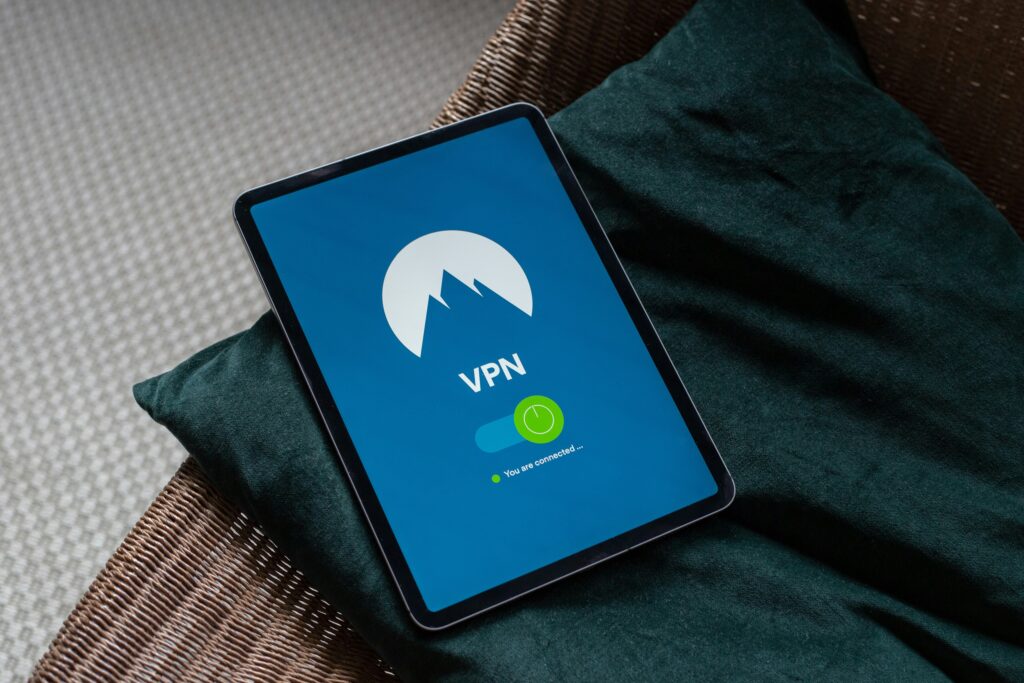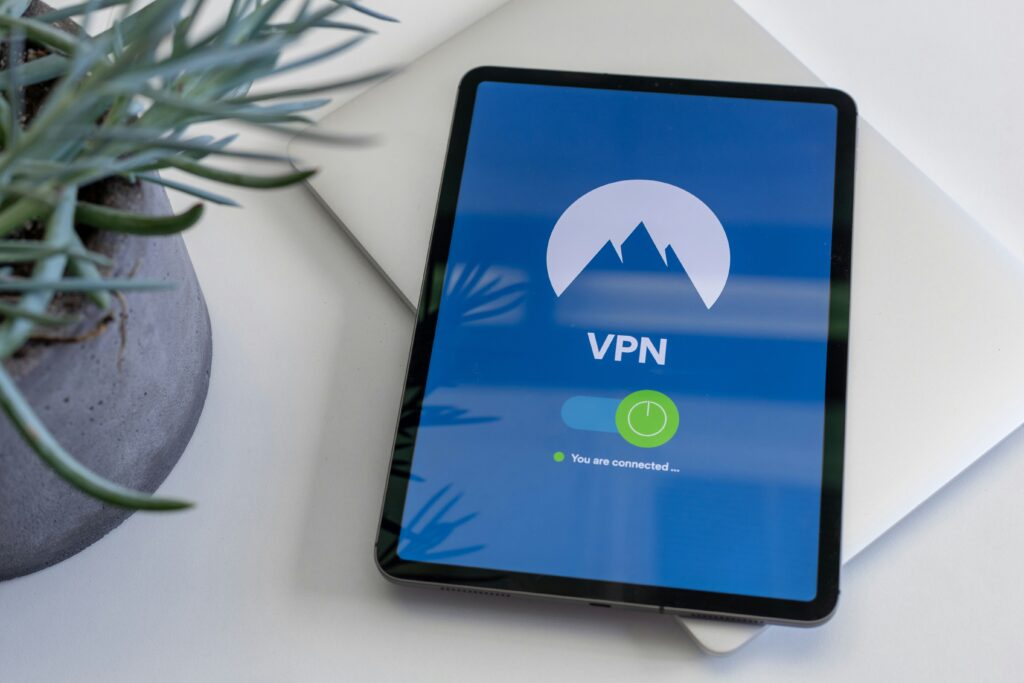In a notable turn of events, a hacktivist group named USDoD has claimed responsibility for leaking CrowdStrike’s internal threat actor list, including valuable indicators of compromise. The cybersecurity giant acknowledged the breach on July 25, 2024, and noted that the leaked data seems to have been scraped from accessible endpoints, rather than a direct breach. This leak, purportedly executed via a month-long scraping operation, coincided with a recent global IT outage affecting multiple sectors due to a bug in the CrowdStrike Falcon platform. While the data is already available to many of CrowdStrike’s clients, the leak still poses a serious concern, exposing detailed internal intelligence such as adversary aliases, statuses, and regions of origin. CrowdStrike emphasized that this incident doesn’t constitute a traditional breach but remains a significant event in the cybersecurity landscape. Have you ever wondered what happens when cybersecurity meets activism? Well, buckle up because we’re diving into a whirlwind story of hacktivists, data leaks, and high-stakes cyber drama.

Hacktivists Claim Leak of CrowdStrike Threat Intelligence
Recently, a hacktivist group under the moniker USDoD claimed to have leaked CrowdStrike’s internal threat actor list, including the highly sensitive indicators of compromise (IoCs). CrowdStrike, one of the big names in cybersecurity, acknowledged this incident in a blog post on July 25, 2024. So, what exactly happened, and why should you care?
The Hacktivist Group USDoD
USDoD isn’t a new name in the hacktivist and cybercrime communities. Operating since at least 2020, they’ve made headlines numerous times. From allegedly breaching credit agencies to claiming personal data from major corporations, their aggressive, high-profile targets have made them a force to be reckoned with in the virtual world.
Imagine them as the tech world’s versions of modern-day Robin Hoods, except their motives are sometimes financially driven. They’re not just after corporate giants; they’re also deeply steeped in the eCrime business, aiming to diversify and expand their operations over time.
The Leak: Detailed Threat Intel Claims
So, what does this alleged data leak entail? According to the announcement from CrowdStrike and outlined by the USDoD, the leaked data includes:
- Adversary aliases
- Adversary status
- Last active dates
- Region/country of adversary origin
- Number of targeted industries
- Number of targeted countries
- Threat actor type and motivation
This data can be a goldmine for bad actors and a nightmare for security teams around the globe. With such detailed information, it’s easier for cybercriminals to execute attacks with a higher rate of success. The adversary alias field, for instance, contained the same aliases CrowdStrike uses internally but listed in a different order. This suggests the hacktivists had detailed, albeit not perfectly current, access to CrowdStrike’s intel.
The Context: CrowdStrike’s IT Outage
To add a bit of spicy drama into the mix, this cyber scandal broke hot on the heels of a global IT outage on July 19, 2024, caused by a bug in a content update for the CrowdStrike Falcon platform. This bug wreaked havoc, preventing systems from booting properly, which affected critical sectors such as airlines, banks, media, and healthcare.
You could say CrowdStrike didn’t just have a bad day; they had a downright catastrophic week. Imagine trying to put out a significant fire only to find out someone’s been sneakily pinching your fire extinguishers.
Indicators of Compromise (IOCs)
IOCs are breadcrumbs left behind by cyber attackers. Think of them as the digital version of fingerprints. When cybersecurity professionals get their hands on these, it’s like having a map of the intruder’s methods. It’s a crucial tool in the ongoing battle against cyber attacks.
USDoD’s claim that it scraped CrowdStrike’s entire list of IOCs is significant. Early indications are that they obtained this data programmatically, using CrowdStrike endpoints over the course of a month. This is concerning because it suggests that even highly secure systems can be vulnerable to persistent, well-coordinated scraping operations.
The BreachForums Revelation
In the not-so-hidden corners of the dark web, a forum named BreachForums is where the drama further unfolded. CrowdStrike’s threat intel data allegedly appeared here, and it was here that security researchers from vx-underground highlighted the scenario on X (formerly known as Twitter).
CrowdStrike’s Response
CrowdStrike’s response to this incident has been somewhat paradoxical. While the company acknowledged the hacktivists’ claims, they stated that it does not constitute a ‘breach.’ According to them, this threat intel data is accessible to tens of thousands of customers, partners, and prospects anyway. It’s like someone walking into a library and then claiming they’ve “stolen” the books—they’re technically available to the public, but it doesn’t make it any less worrying when someone walks out with the entire catalog.
“Our internal assessment has concluded there is no breach in our systems. The data in question is routinely shared with our partners,” reads a statement sent to Infosecurity by CrowdStrike.
Impact and Implications
For CrowdStrike
When a cybersecurity firm like CrowdStrike faces such an incident, the initial damage is more about trust than actual data loss. Customers and partners start questioning the firm’s ability to protect its own critical assets. Imagine shopping for locks at a store that’s just been robbed—suddenly, you’re not so confident in their product.
For the Cybersecurity Community
This incident serves as a stark reminder that no system, however secure, is entirely foolproof. It’s a wake-up call for security teams across industries to reevaluate and strengthen their cybersecurity postures.
For Hacktivists and Cybercriminals
If USDoD’s claims are accurate, it might embolden other hacktivist groups. It sets a precedent, showing that even the giants can be toppled—or at least, shaken up—a bit.
For Ordinary Users
You might be wondering how this affects you. Well, the implications trickle down. Trust in cybersecurity companies is vital for consumers, too. If these firms can’t maintain the security of their own networks, who else can you rely on to safeguard your personal data?
Industry Reactions
Already, the cybersecurity community is buzzing with reactions. Forums, webinars, and more are cropping up focusing on how to avoid such scenarios. Industry leaders are likely already plotting new strategies, employing advanced AI and machine learning tools, and doubling down on their security measures.

The Bigger Picture
History of Hacktivism
Hacktivism isn’t new. It has been a growing force ever since the early days of the internet. Groups like Anonymous have been synonymous with disruptive protest hacks aimed at governmental bodies and large corporations. Over time, these groups have evolved, and their motivations have diversified.
The Rise of eCrime
eCrime markets have been flourishing, making it easier for anyone with less-than-honorable intentions to get into the cybercrime game. By mixing hacktivism with financially motivated attacks, groups like USDoD blur the lines, making it harder to pin them down as either ideological warriors or mere criminals.
Technological Vulnerabilities
This incident is yet another example of how even sophisticated technology can be exploited. As we advance technologically, so do the methods of those who wish to exploit it. It’s a cat-and-mouse game where the stakes keep rising.

What’s Next?
Strengthening Cyber Defenses
Cybersecurity firms worldwide will undoubtedly use this incident to strengthen their defenses, adopting more rigorous screening processes and advanced analytics to detect anomalies faster.
Legal and Ethical Considerations
There’s also a legal and ethical quandary at play here. Data scraping itself occupies a gray area; while it can be legal, doing so for unauthorized purposes often crosses legal boundaries. Laws worldwide will need to adapt to address such complexities better.
Public Awareness
Expect a surge in public awareness campaigns. As consumers, we’ll likely see more alerts and advice on safeguarding personal data, recognizing phishing attempts, and understanding the importance of cybersecurity even for the layperson.
Increased Cyber Community Collaboration
Lastly, the incident should foster better collaboration within the cybersecurity community. Information sharing will become more critical, as companies will need to unite against increasingly sophisticated cyber threats swiftly.

Final Thoughts
So, what do you think? Does watching the titans of cybersecurity face off against determined hacktivists make you feel more aware, or does it create a sense of digital dystopia? Whatever your stance, one thing is clear: in a world where data is more valuable than gold, who controls the flow of information holds immense power.
Let this story be a reminder to stay vigilant, whether you’re a small business owner, a cybersecurity professional, or just someone navigating the vast landscape of the internet. Because in this ever-connected world, no one is truly safe, and everyone has a role to play in the ongoing battle for cybersecurity.

Source: https://www.infosecurity-magazine.com/news/hacktivists-leak-crowdstrike/

